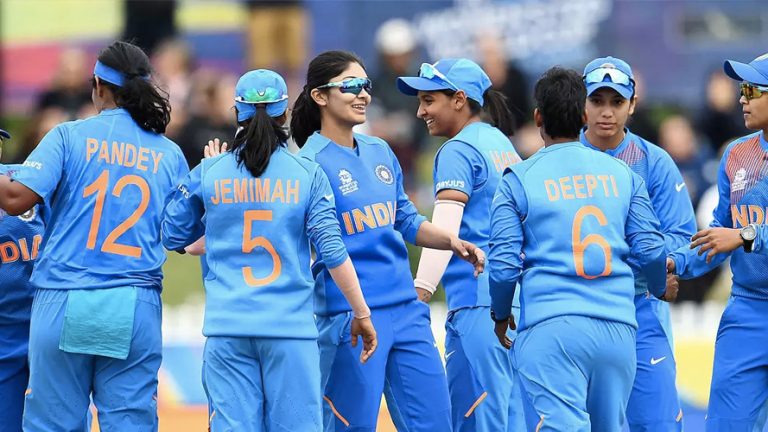The rise of women’s cricket sporting organizations was formed after the First World War
In 1934, Australia and New Zealand formed associations for the rise of women’s cricket as it was very popular across the world. Consequently, an England cricket team sailed for Australia and played three test matches in the Australian cricket season. The International Women’s Cricket Council was established in 1958 as a result of the continuous involvement of women in international cricket.
In addition to promoting international tours, the council served as a coordination point for any questions related to the sport between countries. England, Australia, South Africa, New Zealand, and the Netherlands were the founding members of this league. It gradually expanded, and other members joined in, like India and West Indies in 1973, Ireland in 1982, Denmark in 1983, and Pakistan and Sri Lanka in 1997.
But the major turning point in the history of the rise of women’s cricket came with the formation of the first governing body.
The first world war emboldened women in several ways – and many women’s sporting organizations were formed in the years after 1918. Cricket’s moment came in October 1926 when a group of female hockey players traveled to Colwall in Herefordshire for a few days of play. Marjorie Pollard, who wrote Cricket for Women and Girls (1934).
Born from this was the Women’s Cricket Association to provide facilities for and bring together those women and girls who previously have had little opportunity of playing cricket after leaving school. Clubs and county associations were formed, matches were played – and a decade later there were 105 women’s clubs affiliated to the WCA.
Global growth:
By 1934, the appeal of the rise of women’s cricket had stretched across oceans where associations had been formed in Australia and New Zealand. This global reach signaled it was time for women to play internationally. So an England team set sail for Australia, where across the 1934/35 Australian cricket season they played in three Test matches – of which they won two.
International cricket continued to be played whenever the women could afford the travel, and in 1958 it was agreed that an International Women’s Cricket Council should be formed.
The council’s purpose was to promote further international tours, as well as provide a liaison between countries for discussions on any question appertaining to the game. The founding members were England, Australia, New Zealand, South Africa, and Holland. Its membership gradually expanded as women’s associations were set up in India (1973), the West Indies (1973), Ireland (1982), Denmark (1983), Pakistan (1997), and Sri Lanka (1997).
The first Women’s Cricket World Cup:
The rise of women’s cricket was loved around the globe, but conducting bilateral series and developing the audience’s interest was tough. For which the World Cups were the best method to gather all teams and create a stage for everyone at the same time.
Rachael Heyhoe Flint and Jack Hayward decided to organize the first Women’s World Cup. This 1973 tournament featured seven teams, including England, an English youth team, Australia, New Zealand, Jamaica, Trinidad and Tobago, and an International XI.
After the success of that World Cup, the MCC agreed to allow women to play at Lord’s for the first time after refusing to host the final. Due to the lack of resources and money, the two bodies decided to merge in the 1990s. The first team to amalgamate its men’s and women’s cricket teams was New Zealand in 1992, followed by England in 1998.
Growth of female cricket:
In 2005, The International Women’s Cricket Council (IWCC) decided to hand over control of the global women’s game to the International Cricket Council (ICC). All women’s national associations were merged into men’s associations to improve the game. With more money and better facilities, the game appealed to other industries, like sports betting. It opened other avenues and attracted masses and even non-cricket nations.
For women’s cricket to receive more funding, the game needed to connect with the men. It led to the ECB signing the first professional contracts with 18 of England’s top female players. There are now professional contracts in place for all teams that participate in the T20 World Cup.






Add comment